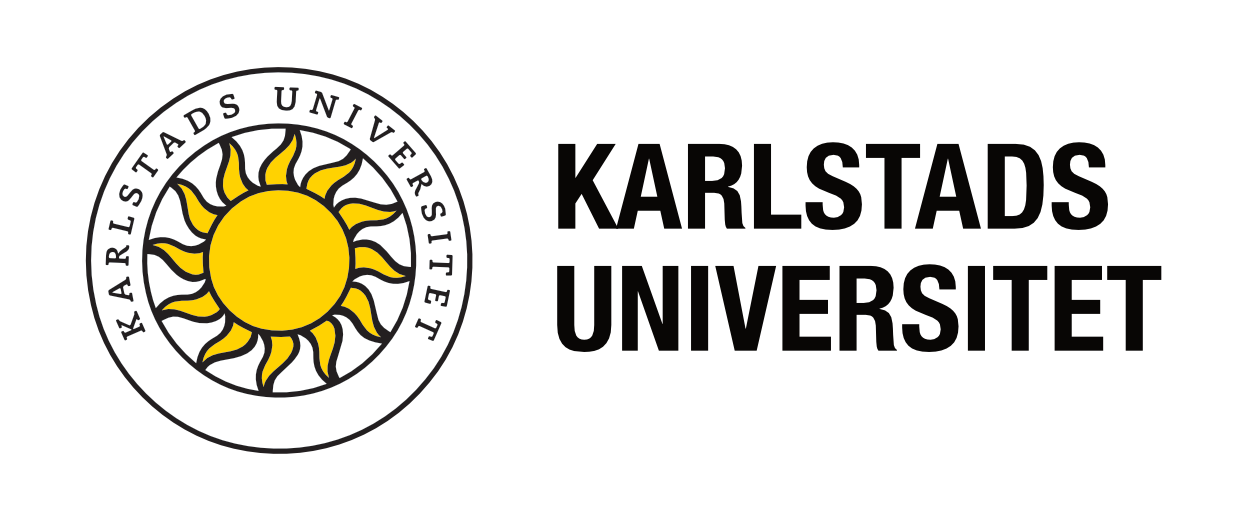How can you best work with peer response on academic text? Peer review versus peer response. Create good text seminars. Using a reading log and three didactic questions for text analysis. — A presentation.
Here are some selected points from Michael Tengberg, professor in pedagogical work, department of educational studies (IPS), Karlstad University, from his presentation at UPEs pedagogical café 2023-03-29. You will find the presentation slides at the bottom of this page.
The problem
The problems that are addressed here is that students can not be expected to know how to give good feedback on text, they feel uncomfortable both with giving and taking feedback, their feedback is vague when they try, or they are to “nice” or to “strict”. They need training in how to do this.
Peer review versus peer response
One key is to be careful with the difference in assessing a text and giving feedback on a text. The first is peer review and the second is peer response. You should avoid peer review, and practice peer response. Let the teacher be responsible for the assessments and distinguish between opportunities for assessment and for response.
Prepare the students for peer response
- Guiding, critical questions with which they analyze their peer’s text (focus on depth: argument; discussion; coherence; relevance; use of theory)
- Time frame and planning for how the time should be used during a seminar
- Teach them to be matter-of-fact: their contribution should help the peer to see what they have not yet seen themselves
- Explain the difference between supervisor, peer and seminar leader responses
- Peer response must have a formative function; it should help the peer to improve the quality of his text and finish the work
- It is not mandatory to change the text as suggested by the peer, but it is mandatory that the revised version shows that they have understood and considered the response received
The purpose and ideas of the text, not proofreading
The focus of peer response should be on the matter of the text and on developing ideas in the text, rather than proofreading.
Design a text seminar
In the slides you can find examples of how to design a text seminar with peer response.
Michael emphasizes, among other things, how important it is that the teacher does not go in and correct or supplement peer responses to individual texts. Then the students learn to try to figure out what the teacher thinks is the right response instead of working with each other. If the teacher wants to comment on the response, it is better to do so in the form of general feedback to the entire student group.
Using a reading log: Using initial reactions to understand text
In the slide series, there are also suggestions for introducing a Reading Log as a tool when reading texts. This means taking advantage of spontaneous, initial reactions and making meta-reflections where the reader reflects on their own such reactions. Why am I reacting like this?
Three didactic questions for text analysis
- Why is this text being written?
- How do the authors go about finding out…?
- What are their outcomes?
Presentation slides
Here you can find the presentation slides (in Swedish).

